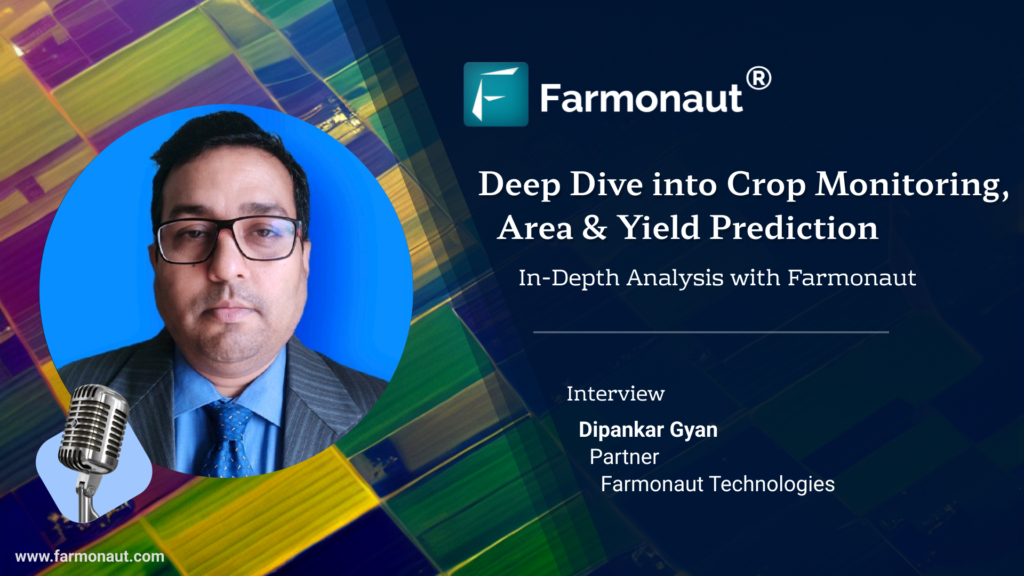Crop Monitoring & Analysis for Accurate Yield Estimation
Discover advanced crop monitoring in agriculture with precise crop insights and analysis. Optimize yields today with AI-driven solutions. Learn more now!
Crop Monitoring & Analysis for Accurate Yield Estimation Read More »


